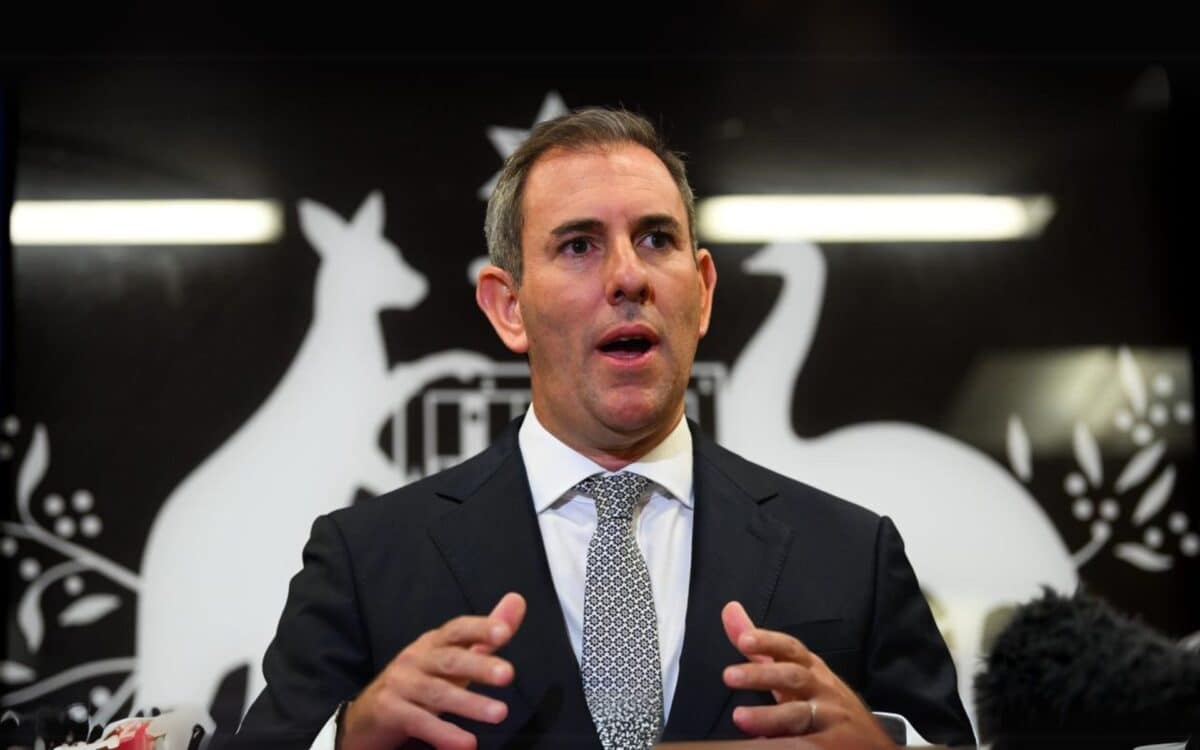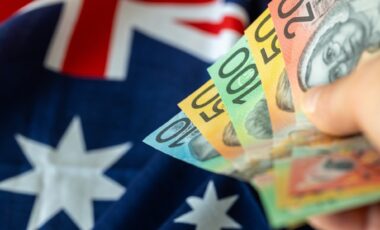The 2025 federal budget introduces a policy change that will impact how millions of Australians are taxed from July 2026 onward.
According to The Sydney Morning Herald, the government has outlined new income tax cuts that are expected to gradually increase take-home pay for workers across a broad income range. While full implementation details are yet to unfold, the cuts have been described as modest and targeted.
With inflation, wage growth, and cost-of-living pressures in the background, the timing of the announcement is politically significant, arriving just as the country prepares for what is likely to be a closely watched federal election.
Timeline of the New Tax Cuts
The first stage of the new measures will take effect on July 1, 2026, lowering the tax rate for the lowest income bracket from 16% to 15%. A year later, on July 1, 2027, the same bracket will be reduced again, this time to 14%. These are incremental changes that build upon the stage 3 tax cuts introduced in July 2024.
Unlike lump-sum refunds, the reductions will be distributed through regular payroll adjustments, beginning with the first pay cycle after each implementation date.
From July 1, 2026, income up to $18,200 will remain tax-free. Earnings between $18,201 and $45,000 will be taxed at 15%, with this rate set to drop to 14% in July 2027.
Income from $45,001 to $135,000 will continue to be taxed at 30%, while earnings between $135,001 and $190,000 will be taxed at 37%.
Any income above $190,001 will remain subject to the top rate of 45%. These rates are applied progressively, meaning that each portion of income is taxed according to the bracket it falls into.
Impact on Individual Taxpayers
Taxpayers will see an increase in their take-home pay starting in 2026, with further gains expected in 2027, as a result of the newly announced tax cuts.
Annual savings from these tax cuts are estimated to reach up to $268 in the 2026–27 financial year, increasing to as much as $536 from 2027–28 onwards.
For individuals earning more than $45,000, this translates to approximately $5 extra per week in 2026, rising to around $10 per week the following year.
Those on lower incomes will benefit to a lesser extent, while individuals earning below $18,201 will not receive any cut, as their income already falls below the tax-free threshold.
According to the government, the combined effect of the 2024 reforms and the upcoming tax cuts will result in significant overall savings for most working Australians.
Budgetary Implications
The cost of the tax cuts is projected to reach $17.1 billion over three years, with $3 billion expected in 2026–27, $6.7 billion in 2027–28, and $7.4 billion in 2028–29.
These tax measures form part of a broader fiscal package that also includes $36 billion in new government spending over four years.
In contrast, the budget outlines only $2 billion in planned savings over the same period, raising questions about the long-term impact on overall budget sustainability and fiscal balance.
Treasurer Jim Chalmers and Prime Minister Anthony Albanese have framed the move as a response to ongoing cost-of-living pressures, alongside other measures such as cheaper medicine, expanded bulk billing, and reduced childcare costs.
A secondary motivation cited is bracket creep—a phenomenon where wage growth, often in line with inflation, pushes earners into higher tax brackets despite no real gain in purchasing power. The government argues that these tax cuts aim to offset that effect for low and middle-income earners.
Opposition Response
The Coalition has criticized the tax cuts, describing them as insufficient to address current economic challenges. Shadow Treasurer Angus Taylor referred to them as a “cruel hoax,” emphasizing their limited short-term impact on struggling households, particularly those with mortgages.
It is unclear whether the opposition will propose alternative tax reforms. However, taxation policy is expected to be a central topic in the upcoming federal election campaign.
In a related measure, the government has announced an increase in the Medicare levy low-income thresholds, backdated to July 1, 2024. This change is expected to exempt more than one million Australians from paying the levy or to reduce the amount they owe.
Under the new thresholds, the income limit for singles will rise from $26,000 to $27,222, while for families it will increase from $43,846 to $45,907. These adjustments are intended to align the thresholds with inflation and preserve relief for low-income earners









